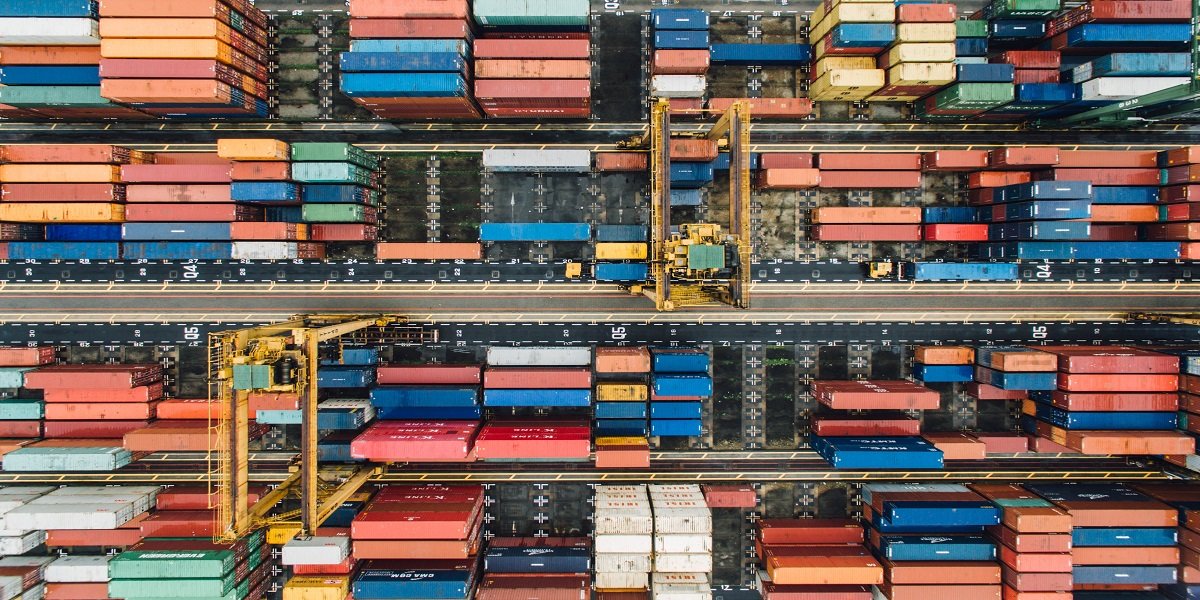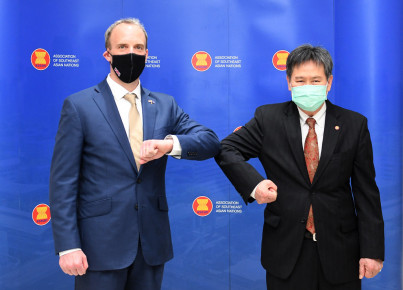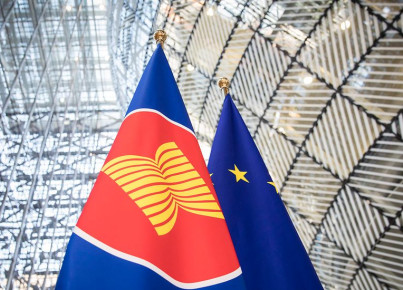When it comes to East Asian integration, ASEAN is regarded as a pivotal actor. Indeed, the Association of South-East Asian Nations is the engine of the liberalization process in the region. It was promoted through free trade agreements (FTAs) that constitute the political and diplomatic basis for more cooperative and strong relations. Actually, international observers used to refer to the region as a “noodle bowl”, due to the several uncoordinated free trade areas that have emerged during the last twenty years. Nonetheless, the blossoming of FTAs contributed enormously to the fabrication of mutual trust among countries in the area. This process has facilitated compromises that ensured the inclusion of weaker economies too - such as Myanmar, that during the last decades has experienced a very complex democratic transition.
As Asian economies tend to prefer bilateral relations when negotiating trade issues, FTAs well combine with these preferences. Indeed, seven free trade agreements have been promoted so far. The first one created a common liberalized area among the ASEAN members, whereas the others were stipulated between two parties, the ASEAN as a whole and its dialogue partners. These agreements laid the foundation for the Regional Comprehensive Economic Partnership (RCEP) to emerge, signed in November 2020. Thanks to ASEAN’s efforts in promoting mutually beneficial regional relations, the so-called ASEAN way created the proper conditions for the 15 RCEP signatory countries to build this mega trade agreement.
But several previous steps were taken before signing RCEP. After the ASEAN free trade area was created in 1993, among its member countries, six more agreements were promoted among Asia-Pacific economies: with China and Hong Kong, as well as with Japan, South Korea, Australia and New Zealand together, and India.
The ASEAN-China agreement was the first free trade agreement signed with a dialogue partner. Trade relations between Beijing and South-East Asian countries relaxed in the Seventies after a period of mistrust, and then again since the Nineties. Indeed, in 2002 the Framework Agreement on Comprehensive Economic Co-operation was signed, followed by a free trade agreement on goods that promoted a progressive liberalization. Since the Chinese economy is more developed, some of the ASEAN’s late-comers countries can enjoy a special and differentiated treatment, with more relaxed time frames for liberalization. According to ASEAN’s data, the value of the total volume of ASEAN-China’s trade between 2003 and 2019 experienced exponential growth since the beginning of the millennium. The growth of trade in goods increased 692%, passing from $64 billion to $507 billion. The average annual growth rate is astonishing: its percentage value is equal to 13%, whereas the value of the total volume of trade with the rest of the world grew on average by 7% per year (from about $871 billion to $2.816 billion between 2003 and 2019). The ASEAN-China agreement was followed by the one with the Hong Kong Special Administrative Region, signed in 2017, of which ASEAN is the second largest trading partner. Although the relationship between ASEAN and China is complex, both wish to maintain regional stability by promoting mutually beneficial trade relations.
The economic relation with Japan is regarded as being one of the most important between ASEAN and one of the largest world economies. For strength and longevity, despite ups and downs, trade exchange with the country has always been very profitable. The total volume of trade in goods was already around $119 billion in 2003, rising to $153 billion in 2005 after signing the agreement, while in 2019 it amounted to $226 billion. Then, the Joint Declaration with South Korea followed in 2004, which launched a Comprehensive Cooperation Partnership, then followed by an agreement on the free trade of goods (2006), services (2007) and on the mobility of investment flows (2009 ).
Finally, the last two agreements were stipulated: one with Australia and New Zealand, and the other with India. The first agreement concerns a very broad set of sectors. Indeed, in addition to promoting moderate liberalization through the progressive elimination of trade barriers, it includes provisions on a number of other areas ranging from regulations on intellectual property and competition, to the promotion of cooperation. The second agreement was signed with India: it has created a very huge market, which in 2019 accounted for almost two billion people, according to the World Bank. Starting with the Framework Agreement signed in 2003, the agreement on the free exchange of goods entered into force in 2010, then followed by that on the liberalization of services. Following the signing of the agreement, the total volume of trade between ASEAN countries and India almost doubled (+89%), rising from around $39 billion (2009) to around $74 billion (2011) in three years.
In sum, as well proved by the success of these FTAs, ASEAN played a crucial role trying to fabricate a form of regional identity in East Asia - even though the very concept of “regional identity” is still regarded as being a slippery slope. Nonetheless, these efforts laid the economic foundation to create room for an effective political dialogue among Asia-Pacific countries. Therefore, RCEP is the result of these commitments, even though it has to be considered a starting point rather than an already-accomplished goal. It can be the beginning of stronger and positive regional relations in the future. These FTAs indeed, created a virtuous circle of exchanges that is deemed to increase, despite the pandemic. Moreover, even though recent developments in Myanmar open unpredictable scenarios, ASEAN will advance in economic integration, using its inter-governative approach to overcome obstacles, and finally promote political dialogue and stability in the region.
By Agnese Ranaldi






